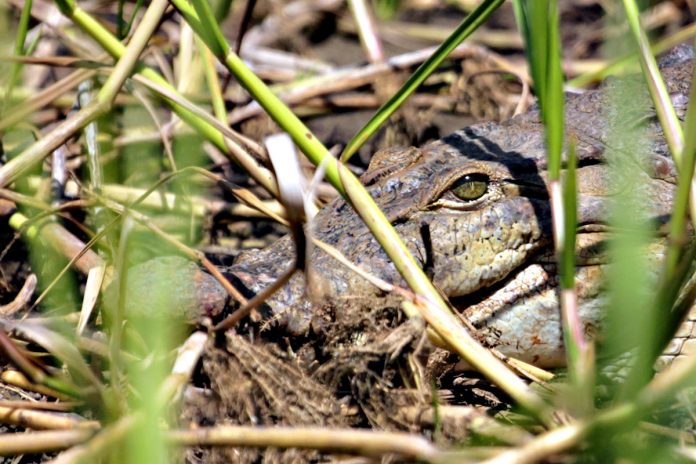Years of conflict in the southern Philippines seemed to have contributed to the preservation of a critically endangered species of crocodiles in the country.
Last month, a team of experts stumbled on a population of “Crocodylus Mindorensis,” or Philippine Crocodile, in the river systems of the town of Malabang in Lanao del Sur province.
“After four decades of being obscured to science, a new population of Philippine Crocodiles has been revealed,” announced Rainier Manalo, head of a crocodile research and conservation project.
He said his team was able to record the first known population of the species in varying life stages — hatchling, juvenile, sub-adult, and adults.
Manalo said the crocodiles are thriving and are having a “healthy viable population” due to “cultural protection” by tribal people and the armed conflict in the area.
“This is something new for us,” said Manalo, adding that there has never been any record of sightings of the species in the area.
“This is something worth celebrating as the species has been in decline and is considered critically endangered with less than 200 recorded populations in the wild,” he said.
Manalo estimates that there are at least 20 Philippine crocodiles in Malabang town.
In 2018, Dr. Angel Alcala, an expert on amphibian and reptile research, called on the scientific community to intensify measures in the protection and conservation of the Philippine Crocodile.
He said the Philippine species is unique compared to other crocodilian species in the world.
Unlike it’s “common cousin” the salt-water crocodile, or “Crocodylus Porosus,” the Philippine Crocodile is “shy and very secretive and does not form into groups.”
“The only time they are with another crocodile is when they mate,” said Alcala. “The problem with that is, if not protected, they will not be able to breed normally,” he said.
Crocodiles play a big role in the eco-system as its waste provide much-needed nitrogen and phosphorous to plants and microorganisms.
The Philippine Crocodile, which can grow up to ten feet long, is a smaller cousin of the more abundant saltwater crocodile “Crocodylus Porosus,” which can grow up to 20 feet long.
The International Union for Conservation of Nature’s Red List of Threatened Species counted fewer than 200 adult Philippine Crocodiles in the wild.
The list blames “habitat loss, persecution, and entanglement” in fishing nets as primary threats.









